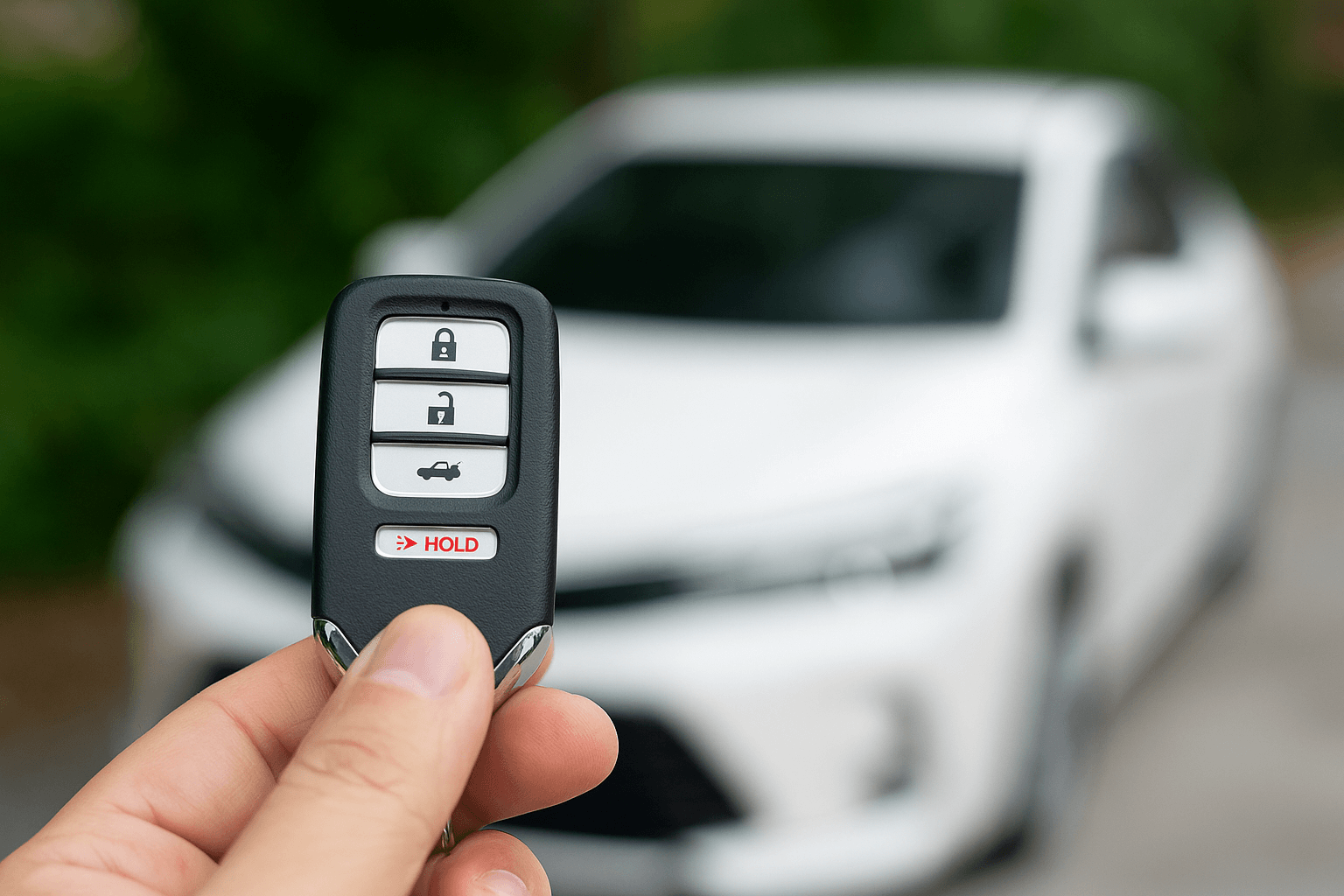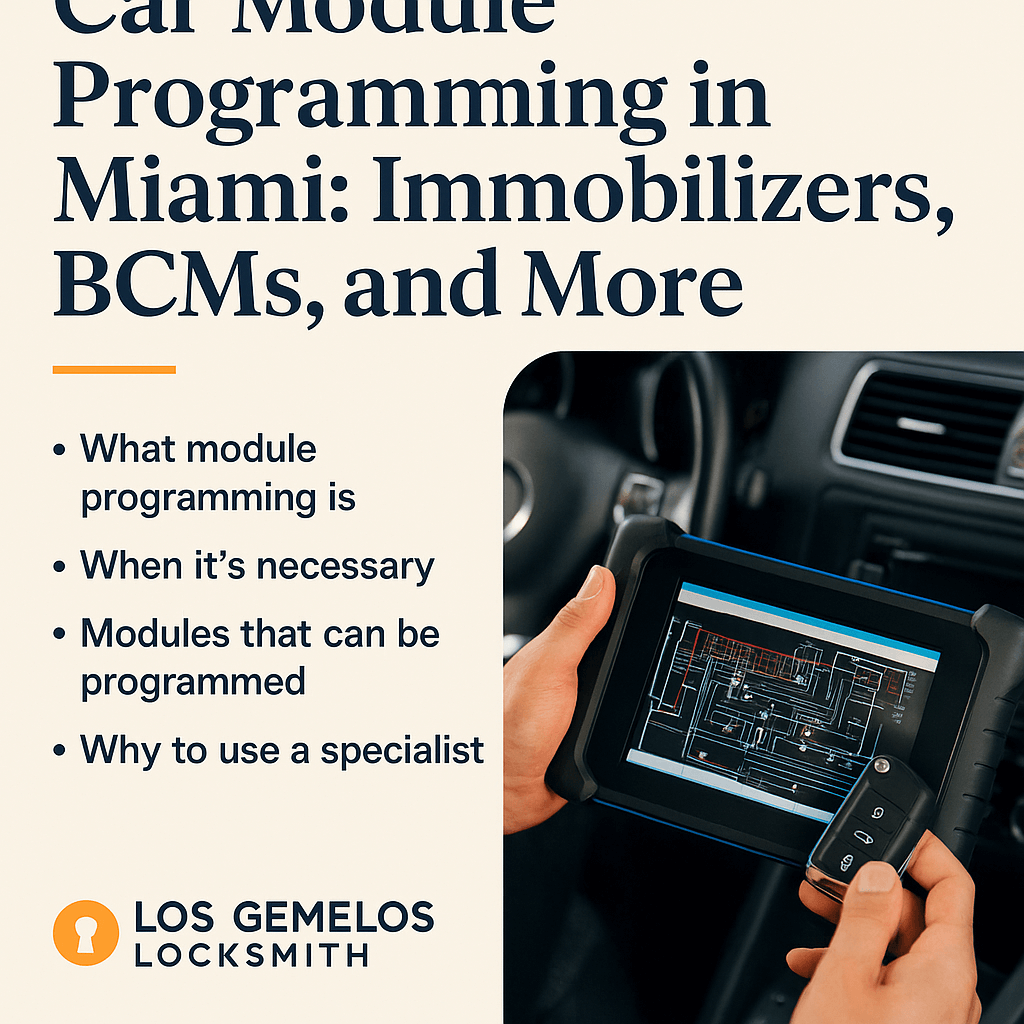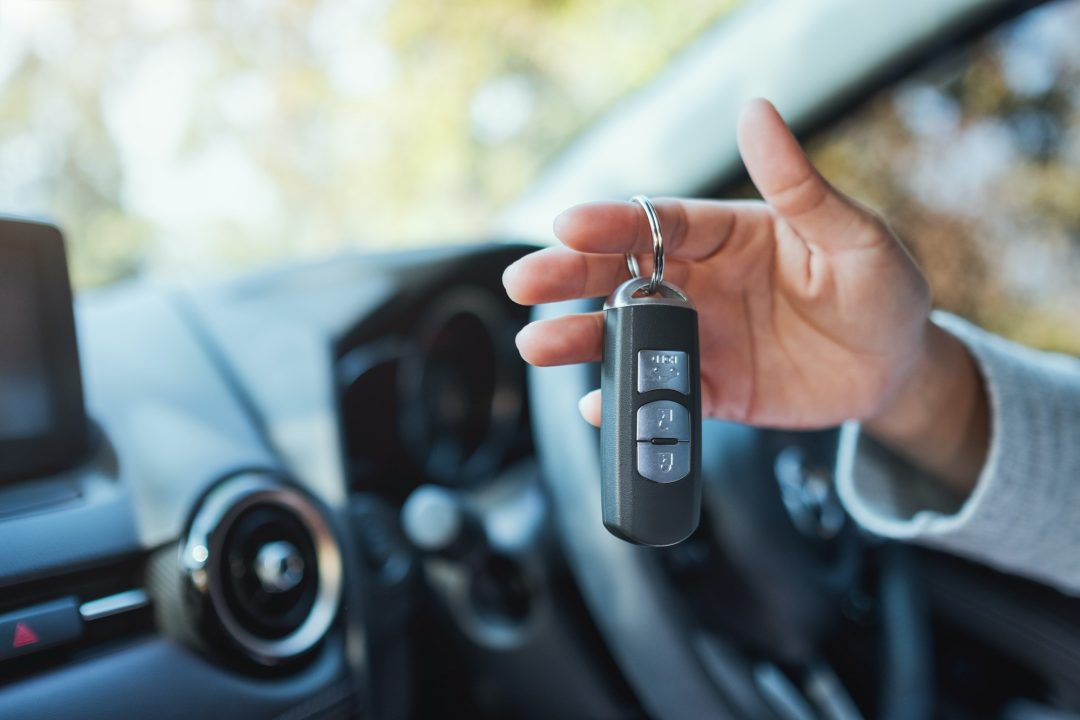[et_pb_section fb_built=”1″ _builder_version=”4.21.0″ _module_preset=”default” global_colors_info=”{}” theme_builder_area=”post_content”][et_pb_row _builder_version=”4.21.0″ _module_preset=”default” global_colors_info=”{}” theme_builder_area=”post_content”][et_pb_column type=”4_4″ _builder_version=”4.21.0″ _module_preset=”default” global_colors_info=”{}” theme_builder_area=”post_content”][et_pb_text _builder_version=”4.21.0″ _module_preset=”default” global_colors_info=”{}” theme_builder_area=”post_content”][/et_pb_text][/et_pb_column][/et_pb_row][et_pb_row column_structure=”2_5,3_5″ _builder_version=”4.21.0″ _module_preset=”default” global_colors_info=”{}” theme_builder_area=”post_content”][et_pb_column type=”2_5″ _builder_version=”4.21.0″ _module_preset=”default” global_colors_info=”{}” theme_builder_area=”post_content”][et_pb_image src=”data:image/svg+xml;base64,PHN2ZyB3aWR0aD0iMTA4MCIgaGVpZ2h0PSI1NDAiIHZpZXdCb3g9IjAgMCAxMDgwIDU0MCIgeG1sbnM9Imh0dHA6Ly93d3cudzMub3JnLzIwMDAvc3ZnIj4KICAgIDxnIGZpbGw9Im5vbmUiIGZpbGwtcnVsZT0iZXZlbm9kZCI+CiAgICAgICAgPHBhdGggZmlsbD0iI0VCRUJFQiIgZD0iTTAgMGgxMDgwdjU0MEgweiIvPgogICAgICAgIDxwYXRoIGQ9Ik00NDUuNjQ5IDU0MGgtOTguOTk1TDE0NC42NDkgMzM3Ljk5NSAwIDQ4Mi42NDR2LTk4Ljk5NWwxMTYuMzY1LTExNi4zNjVjMTUuNjItMTUuNjIgNDAuOTQ3LTE1LjYyIDU2LjU2OCAwTDQ0NS42NSA1NDB6IiBmaWxsLW9wYWNpdHk9Ii4xIiBmaWxsPSIjMDAwIiBmaWxsLXJ1bGU9Im5vbnplcm8iLz4KICAgICAgICA8Y2lyY2xlIGZpbGwtb3BhY2l0eT0iLjA1IiBmaWxsPSIjMDAwIiBjeD0iMzMxIiBjeT0iMTQ4IiByPSI3MCIvPgogICAgICAgIDxwYXRoIGQ9Ik0xMDgwIDM3OXYxMTMuMTM3TDcyOC4xNjIgMTQwLjMgMzI4LjQ2MiA1NDBIMjE1LjMyNEw2OTkuODc4IDU1LjQ0NmMxNS42Mi0xNS42MiA0MC45NDgtMTUuNjIgNTYuNTY4IDBMMTA4MCAzNzl6IiBmaWxsLW9wYWNpdHk9Ii4yIiBmaWxsPSIjMDAwIiBmaWxsLXJ1bGU9Im5vbnplcm8iLz4KICAgIDwvZz4KPC9zdmc+Cg==” _builder_version=”4.21.0″ _module_preset=”default” global_colors_info=”{}” theme_builder_area=”post_content”][/et_pb_image][/et_pb_column][et_pb_column type=”3_5″ _builder_version=”4.21.0″ _module_preset=”default” global_colors_info=”{}” theme_builder_area=”post_content”][et_pb_text _builder_version=”4.25.0″ _module_preset=”default” custom_padding=”0px||0px|||” hover_enabled=”0″ global_colors_info=”{}” theme_builder_area=”post_content” sticky_enabled=”0″]
Many modern vehicles are equipped with sophisticated diagnostic systems that monitor the car’s operational status. When a problem is detected that could potentially harm the engine or impair vehicle performance, a “Reduced Engine Power” message may appear on the dashboard. This safety feature helps prevent further damage by limiting the engine’s power output, allowing the driver to seek repairs before the issue becomes more severe. Understanding the common causes and effective solutions for this message is essential for maintaining your vehicle’s health and safety.
[/et_pb_text][/et_pb_column][/et_pb_row][et_pb_row _builder_version=”4.21.0″ _module_preset=”default” global_colors_info=”{}” theme_builder_area=”post_content”][et_pb_column type=”4_4″ _builder_version=”4.21.0″ _module_preset=”default” global_colors_info=”{}” theme_builder_area=”post_content”][et_pb_text module_class=”outline_border_white redbox_cta” _builder_version=”4.20.2″ text_font=”Fira Sans|||on|||||” text_text_color=”#FFFFFF” text_font_size=”22px” background_color=”gcid-608057bc-50cc-4b1a-b022-07c31a7462f8″ text_orientation=”center” custom_margin=”5px||||false|false” custom_padding=”50px|50px|50px|50px|true|true” custom_padding_tablet=”” custom_padding_phone=”50px|25px|50px|25px|true|true” custom_padding_last_edited=”on|phone” text_font_size_tablet=”” text_font_size_phone=”18px” text_font_size_last_edited=”on|phone” text_orientation_tablet=”” text_orientation_phone=”center” text_orientation_last_edited=”on|phone” global_colors_info=”{%22gcid-608057bc-50cc-4b1a-b022-07c31a7462f8%22:%91%22background_color%22%93}” theme_builder_area=”post_content”]
Call (305)860-1440 For 24/7 Service
[/et_pb_text][/et_pb_column][/et_pb_row][et_pb_row _builder_version=”4.21.0″ _module_preset=”default” global_colors_info=”{}” theme_builder_area=”post_content”][et_pb_column type=”4_4″ _builder_version=”4.21.0″ _module_preset=”default” global_colors_info=”{}” theme_builder_area=”post_content”][et_pb_text _builder_version=”4.25.0″ _module_preset=”default” hover_enabled=”0″ global_colors_info=”{}” theme_builder_area=”post_content” sticky_enabled=”0″]
Common Causes of Reduced Engine Power Messages
- Throttle Body Issues:
- The throttle body controls the amount of air entering the engine. If it malfunctions or becomes dirty, it can trigger the reduced engine power message.
- Faulty Sensors:
- Sensors such as the mass airflow sensor, throttle position sensor, or oxygen sensors provide critical data to the engine’s computer. If these sensors fail or send inaccurate data, the system may reduce power to prevent damage.
- Engine Overheating:
- If the engine overheats, reducing power helps lower the temperature and prevents serious engine damage.
- Transmission Problems:
- Issues with the transmission can also lead to reduced engine power to prevent further mechanical damage.
- Fuel System Restrictions:
- Clogged fuel injectors or a faulty fuel pump can restrict the necessary fuel flow to the engine, leading to power reduction.
Steps to Address Reduced Engine Power
-
Check for Diagnostic Trouble Codes (DTCs):
- Use an OBD-II scanner to retrieve any trouble codes from the vehicle’s computer. These codes provide specific clues about the underlying issues causing the power reduction.
-
Inspect and Clean the Throttle Body:
- Remove and clean the throttle body if it is clogged with debris. In some cases, it might need to be replaced.
-
Replace Faulty Sensors:
- Replace any sensors that are malfunctioning. This is often a straightforward fix that can restore engine power.
-
Monitor Engine Temperature:
- Check the cooling system, including the coolant level, radiator, and thermostat, to ensure the engine is not overheating.
-
Service the Fuel System:
- Replace clogged fuel filters, clean or replace fuel injectors, and ensure the fuel pump is operating correctly.
Preventive Measures
- Regular Maintenance:
- Regularly scheduled maintenance, including oil changes, filter replacements, and system checks, can prevent many issues related to engine power reduction.
- Prompt Attention to Warning Lights:
- Do not ignore warning lights or messages on the dashboard. Early diagnosis and intervention can prevent more significant problems.
- Use Quality Replacement Parts:
- Using high-quality or OEM parts for any replacements ensures compatibility and reliability, reducing the likelihood of future issues.
FAQ
Q: Can I continue to drive my car with a reduced engine power message? A: While the vehicle can still be driven, it’s best to address the issue promptly to avoid potential safety risks or more severe damage.
Q: What should I do if the reduced engine power message comes on frequently? A: Frequent alerts indicate a persistent issue. A comprehensive diagnostic check by a professional is recommended to identify and resolve underlying problems.
Q: How much does it typically cost to fix a reduced engine power issue? A: Costs can vary widely depending on the cause. Sensor replacements might cost a few hundred dollars, while more severe problems like transmission repairs can be significantly more expensive.
Q: Are there any DIY fixes for reduced engine power? A: Simple fixes like cleaning the throttle body or replacing sensors can be done at home. However, complex issues should be handled by professionals.
Conclusion
Addressing the “Reduced Engine Power” message promptly and effectively is crucial for ensuring your vehicle remains safe and reliable. By understanding the common causes and following the right troubleshooting steps, you can often resolve the issue or know when to seek professional help.
[/et_pb_text][/et_pb_column][/et_pb_row][et_pb_row _builder_version=”4.21.0″ _module_preset=”default” global_colors_info=”{}” theme_builder_area=”post_content”][et_pb_column type=”4_4″ _builder_version=”4.21.0″ _module_preset=”default” global_colors_info=”{}” theme_builder_area=”post_content”][et_pb_text _builder_version=”4.21.0″ _module_preset=”default” custom_padding=”|||8px||” global_colors_info=”{}” theme_builder_area=”post_content”][/et_pb_text][/et_pb_column][/et_pb_row][et_pb_row _builder_version=”4.21.0″ _module_preset=”default” global_colors_info=”{}” theme_builder_area=”post_content”][et_pb_column type=”4_4″ _builder_version=”4.21.0″ _module_preset=”default” global_colors_info=”{}” theme_builder_area=”post_content”][et_pb_text _builder_version=”4.21.0″ _module_preset=”default” global_colors_info=”{}” theme_builder_area=”post_content”][/et_pb_text][/et_pb_column][/et_pb_row][/et_pb_section]







